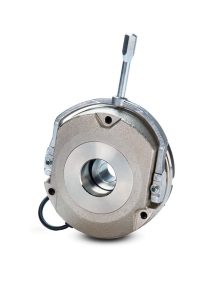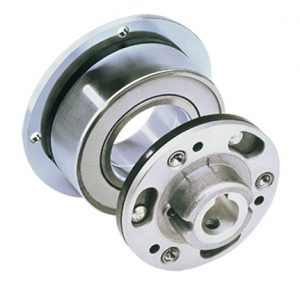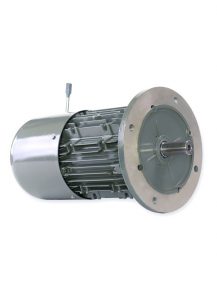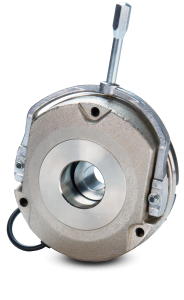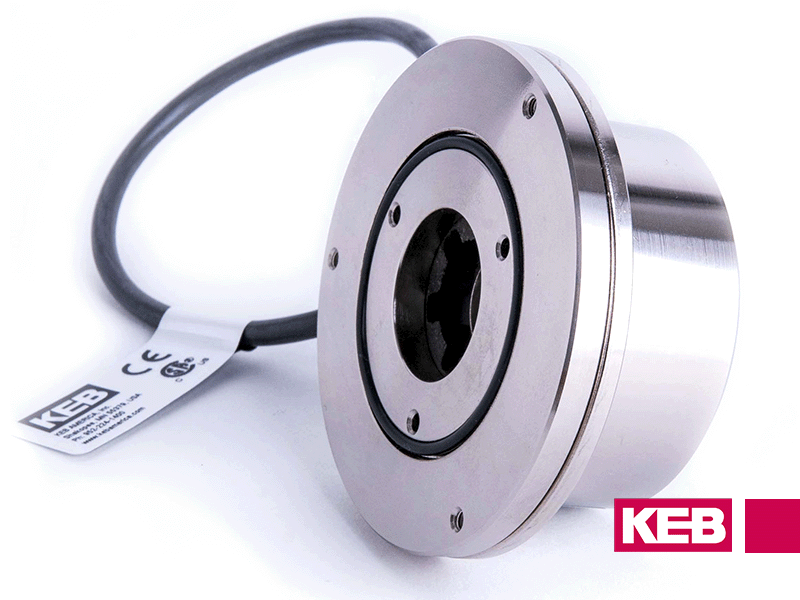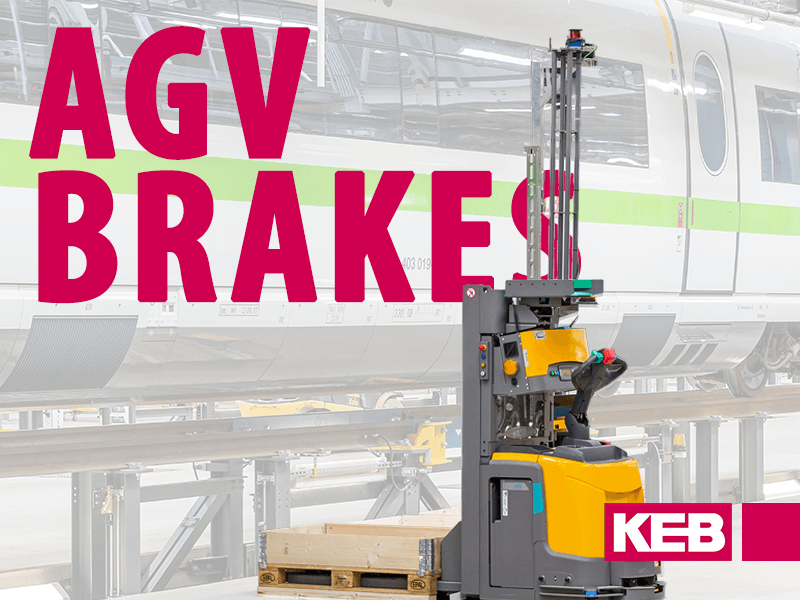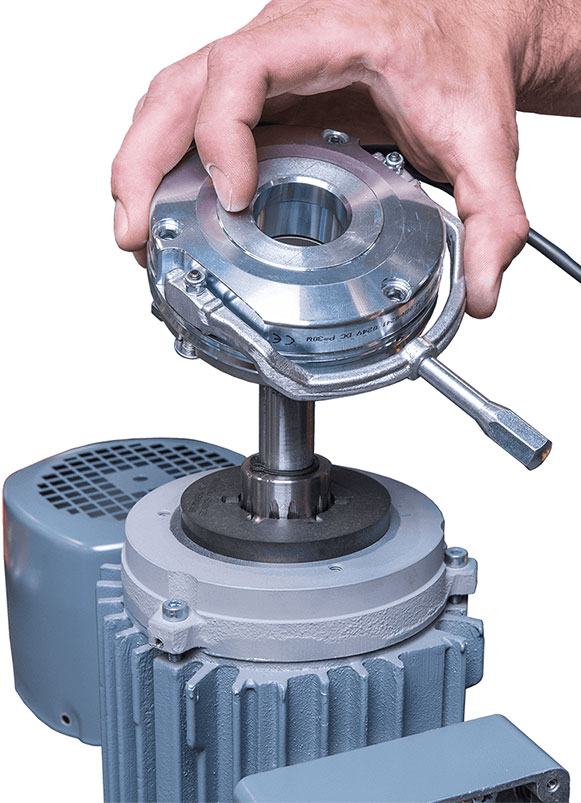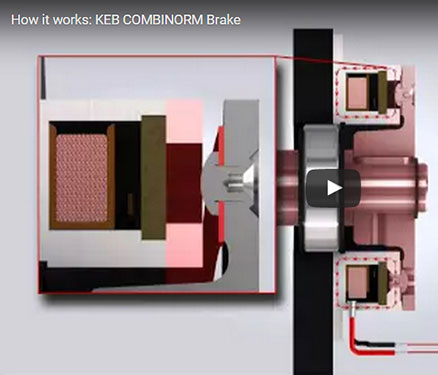Key Factors to Consider When Choosing Spring Applied Brakes for Electric Vehicles
These failsafe brakes provide the appropriate stopping power and static holding for tractors, electric forklifts, cargo haulers, material handling, and utility vehicles.
When selecting a spring applied brake for electrified vehicles, buyers should consider several factors to ensure they choose the most appropriate brake for their specific application.
Brake Usage – Static Holding and Dynamic Braking
Static holding and dynamic braking are techniques used to control the speed and motion of moving machinery or vehicles. By considering these uses, engineers can design braking systems that are effective and efficient, allowing for the safe and reliable operation of vehicles.
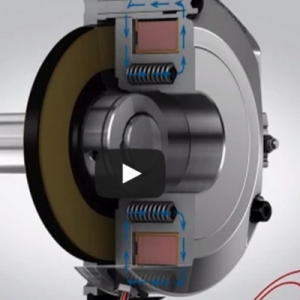
Static Holding
Static holding is the act of holding an electrified vehicle stationary in a fixed position using a brake – preventing it from moving or rotating. Think parking brake. Users must factor in the environment, torque, and mounting location for optimal brake performance.
- Environmental Conditions. Identify the elements where the vehicle is used. Will it be used in extreme temperatures, high humidity, or exposure to contaminants? If so, determine ways to mitigate these conditions’ impact on the brake.
- Torque Requirements. Identify the amount of torque required to maintain the position of the vehicle. Define the max slope where the vehicle is parked.
- Location. For static holding, brakes are most commonly mounted on the non-drive end of the motor.
Dynamic Braking
Dynamic braking refers to using a brake to slow down an electrified vehicle in motion. Users need to factor in the environment, dynamic conditions, and mounting location for optimal brake performance.
- Environmental Conditions. Identify exposure to environmental elements like water, temperature, dust, etc. Again, determine ways to mitigate these conditions’ impact on the brake.
- Dynamic conditions. Take in these conditions when designing a dynamic braking system.
- Max operating speed
- Max mass of the vehicle
- Diameter of wheel(s)
- Desired stopping distance
- Max slope angle the vehicle may need to stop on.
- Location. The brakes are typically mounted at or near the wheel for dynamic stopping.
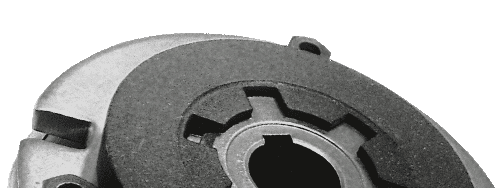
A KEB application engineer will work with you because dynamic braking requires a much more technical evaluation of the application. To size a brake appropriately, factor in the vehicle’s Kinetic Energy. This ensures the brake can handle the energy per stop and helps determine how long before an airgap adjustment or friction lining replacement is needed in the electrified vehicle.
Vehicle Types and Locations
Spring applied brakes are an important component of the braking system because they provide a fail-safe mechanism in case of any failure in the vehicle’s electrical system. Airport vehicles use spring applied brakes due to their reliability, durability, and holding power and stopping force compared to other brake types. These vehicles include baggage carts, cargo loaders, pushback tugs, fuel trucks, and aircraft deicers.
Because airports are located worldwide, spring applied brakes are preferred because they are less susceptible to corrosion and damage from weather conditions. Whether in snowy Minneapolis, rainy Seattle, dusty Phoenix, or humid Orlando, ensuring the safety of the passengers, crew, and workers is at a premium.
Wherever the location, and whatever the vehicle type and size, a KEB engineer is available to work with your team to customize a solution for your application.
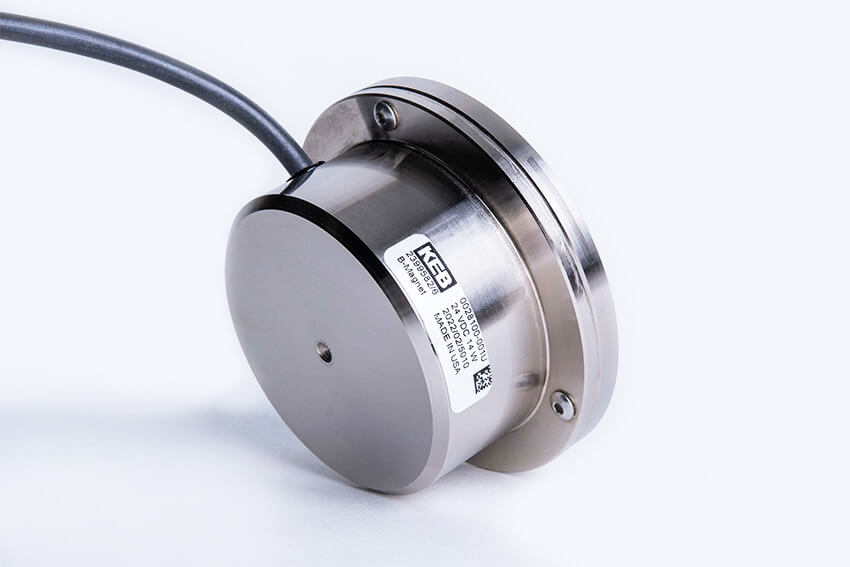
Water Ingress Protection for Aircraft Tugs
A cargo tug manufacturer contacted KEB America to design a brake for its fleet of tugs. The company requested a customized brake to hold position and overcome environmental concerns. Being an aircraft cargo tug, water ingress into the brake was a concern. Our engineers worked with the customer to appropriately size a brake, protect it from moisture, and ensure it could mount on the non-drive end of the motor.
Brake Performance versus Life Expectancy
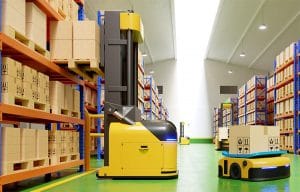
The company wrestled over the importance of brake performance versus how long it will last in the application.
They provided KEB with the necessary dynamic conditions of the vehicle and we worked with them to determine the torque requirement needed from 2x Combistop N brakes. We presented an appropriate size/design where the customer would be afforded a brake life that exceeded its requirements.
KEB Spring Applied Brakes for Electric Industrial Vehicles
Manufactured in Minnesota, KEB Spring Applied Brakes are made with high-quality material and processing accuracy, ensuring reliability and safety. KEB’s design features few wear parts and multiple springs – each rated for 10+ million cycles. This results in no linkages, no solenoids, and easy adjustment/replacement of wear parts.
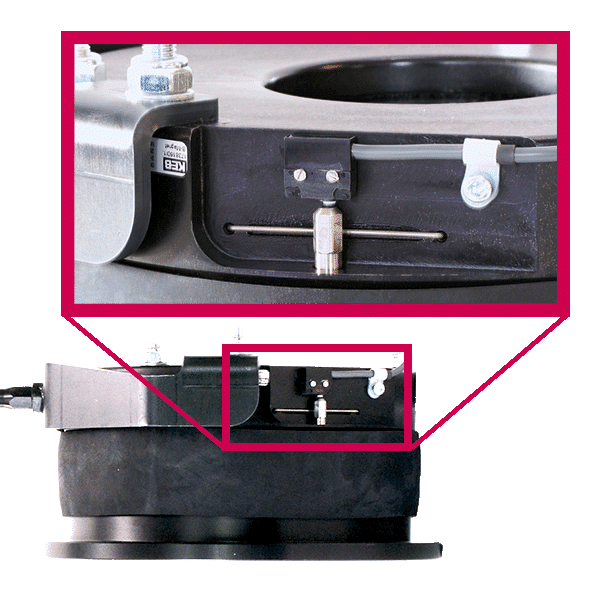
KEB Spring Applied Brakes are fully customizable. They come IP20 rated standard protection with the ability to be IP65. Optional features include a microswitch for engagement monitoring. It provides valuable feedback to either an operator or control as to if the brake is engaged or disengaged. Another optional feature is a manual hand release. This allows the brake to be manually disengaged in the event of complete power loss. If the vehicle battery dies or is otherwise electrically disabled, the brake can still be disengaged.
Download a 3D product model or contact KEB America to work with experienced engineers to custom design a failsafe, spring applied brake for your unique application.
Let's Work Together
Connect with us today to learn more about our industrial automation solutions—and how to commission them for your application.
